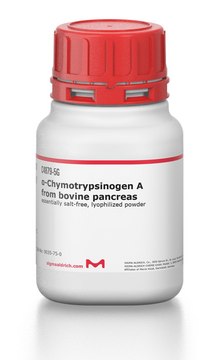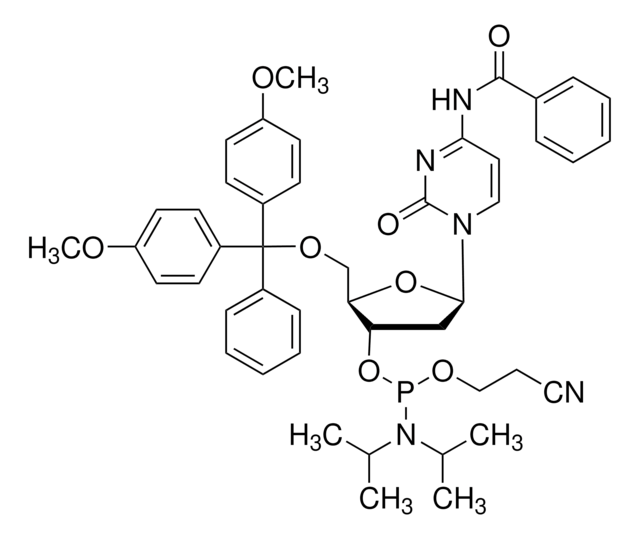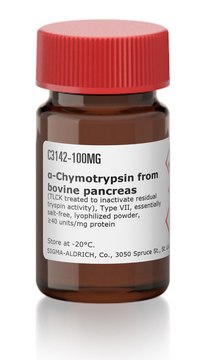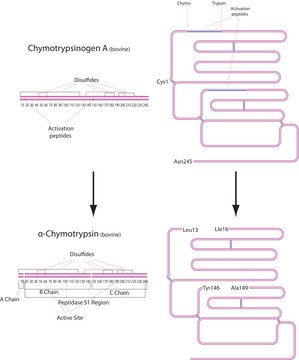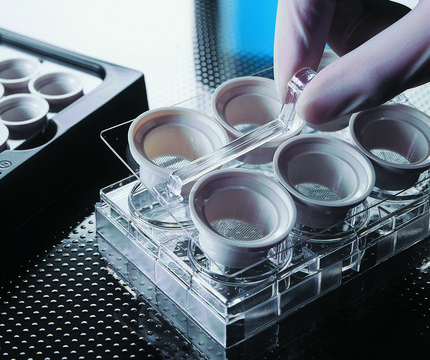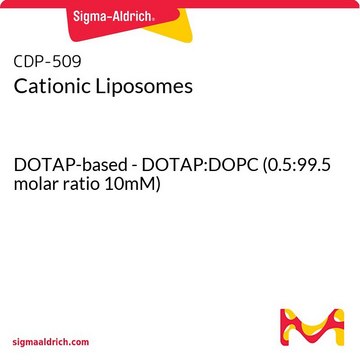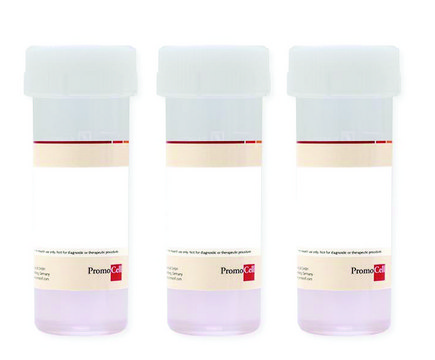C1124
CDK3/CyclinE1, active, GST tagged human
PRECISIO® Kinase, recombinant, expressed in baculovirus infected Sf9 cells, ≥70% (SDS-PAGE), buffered aqueous glycerol solution
Synonym(s):
CCNE1
Sign Into View Organizational & Contract Pricing
All Photos(1)
About This Item
UNSPSC Code:
12352200
NACRES:
NA.32
Recommended Products
recombinant
expressed in baculovirus infected Sf9 cells
Quality Level
product line
PRECISIO® Kinase
Assay
≥70% (SDS-PAGE)
form
buffered aqueous glycerol solution
specific activity
17-23 nmol/min·mg
mol wt
CDK3 subunit ~60 kDa
cyclin E1 ~73 kDa
shipped in
dry ice
storage temp.
−70°C
Gene Information
human ... CCNE1(898) , CDK3(1018)
Biochem/physiol Actions
CDK3/CyclinE1is a member of the cyclin-dependent protein kinase family and promotes entry into S phase, in part by activating members of the E2F family of transcription factors. CDK3 can also associate with cyclin C and phosphorylates the retinoblastoma 1 protein to promote exit from G0. The CDK3 gene has been mapped to chromosomal location of 17q22-qter, telomeric to the BRCA1 gene by somatic cell hybrids analysis. The presence of a single point mutation in the CDK3 gene from several Mus musculus strains commonly used in the laboratory has been reported.
Physical form
Supplied in 50 mM Tris-HCl, pH 7.5, with 150 mM NaCl, 0.25 mM DTT, 0.1 mM EGTA, 0.1 mM EDTA, 0.1 mM PMSF, and 25% glycerol.
Legal Information
PRECISIO is a registered trademark of Merck KGaA, Darmstadt, Germany
Storage Class Code
10 - Combustible liquids
WGK
WGK 1
Flash Point(F)
Not applicable
Flash Point(C)
Not applicable
Regulatory Information
新产品
Choose from one of the most recent versions:
Certificates of Analysis (COA)
Lot/Batch Number
Don't see the Right Version?
If you require a particular version, you can look up a specific certificate by the Lot or Batch number.
Already Own This Product?
Find documentation for the products that you have recently purchased in the Document Library.
X Ye et al.
Proceedings of the National Academy of Sciences of the United States of America, 98(4), 1682-1686 (2001-02-15)
Our understanding of the mammalian cell cycle is due in large part to the analysis of cyclin-dependent kinase (CDK) 2 and CDK4/6. These kinases are regulated by E and D type cyclins, respectively, and coordinate the G(1)/S-phase transition. In contrast
F Bullrich et al.
Cancer research, 55(6), 1199-1205 (1995-03-15)
Orderly progression through the cell cycle requires sequential activation and inactivation of cyclin-dependent kinases (cdks). This is achieved in part through the association of cdks with positive regulators called cyclins and inactivation of cyclin-cdk complexes by a rapidly growing number
Our team of scientists has experience in all areas of research including Life Science, Material Science, Chemical Synthesis, Chromatography, Analytical and many others.
Contact Technical Service